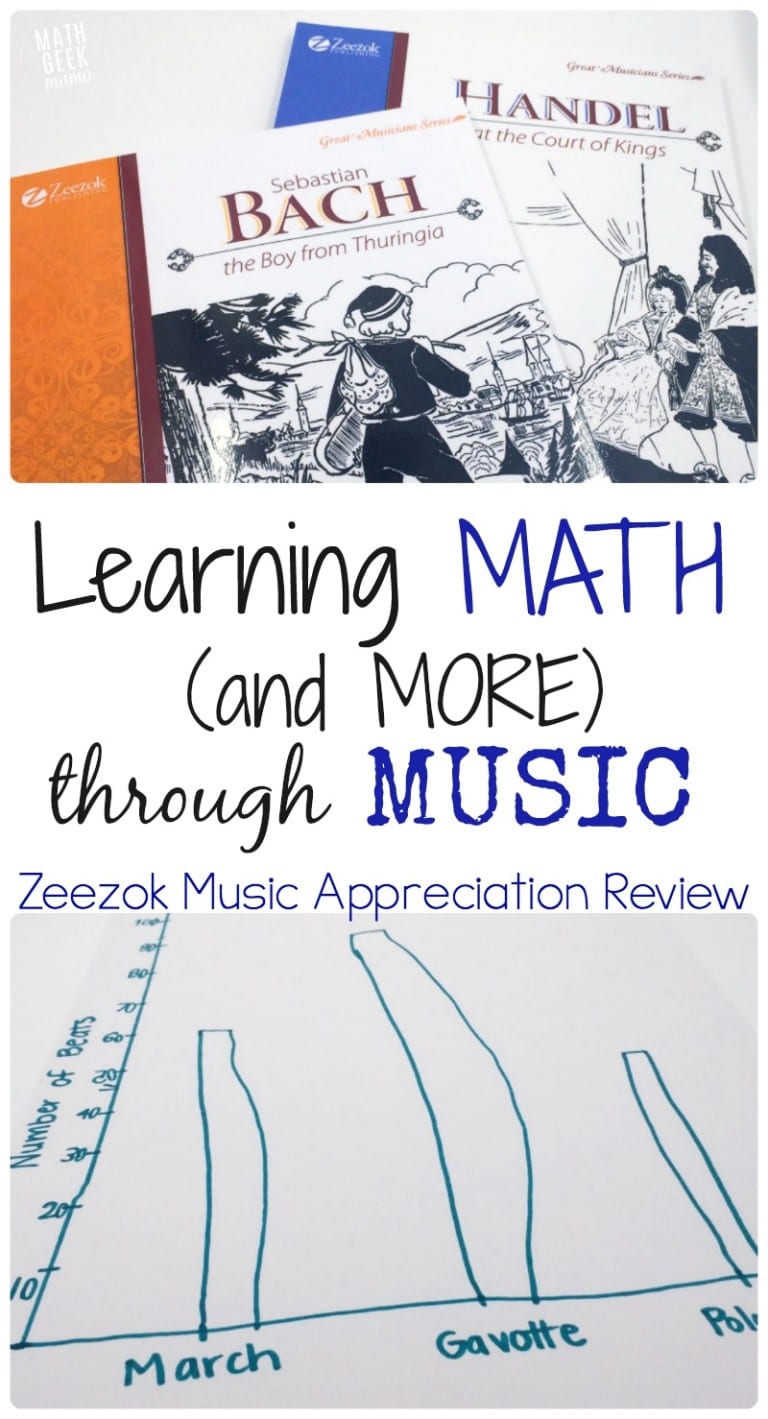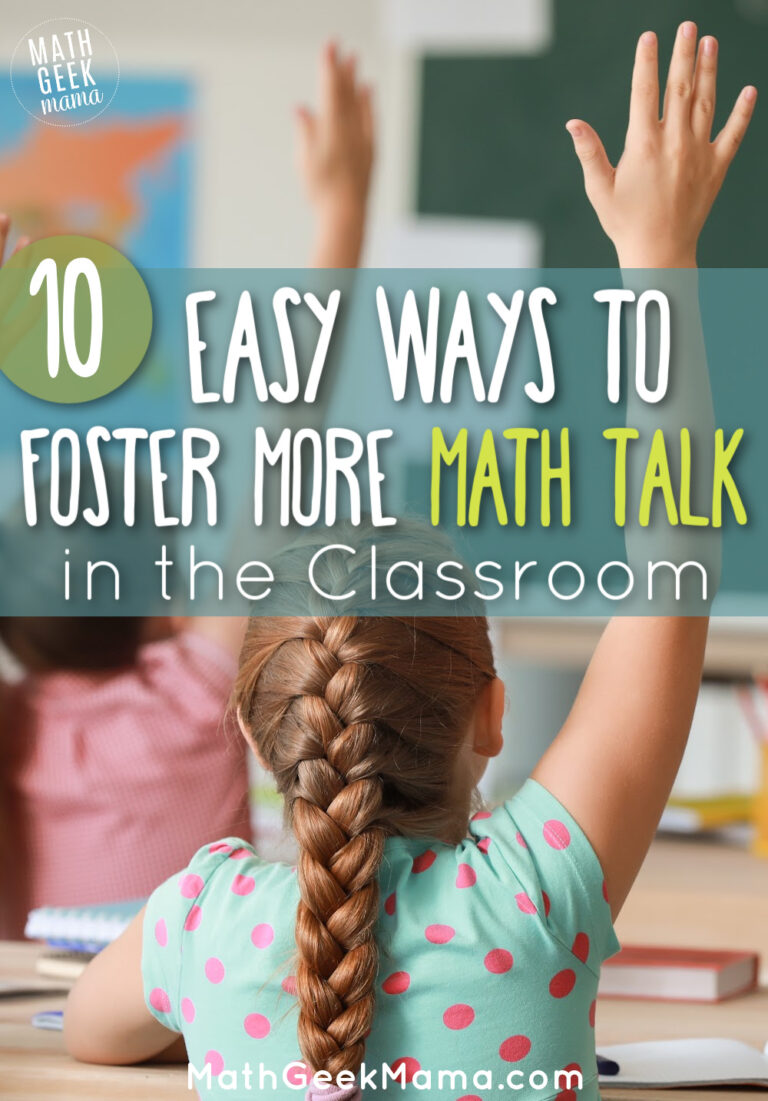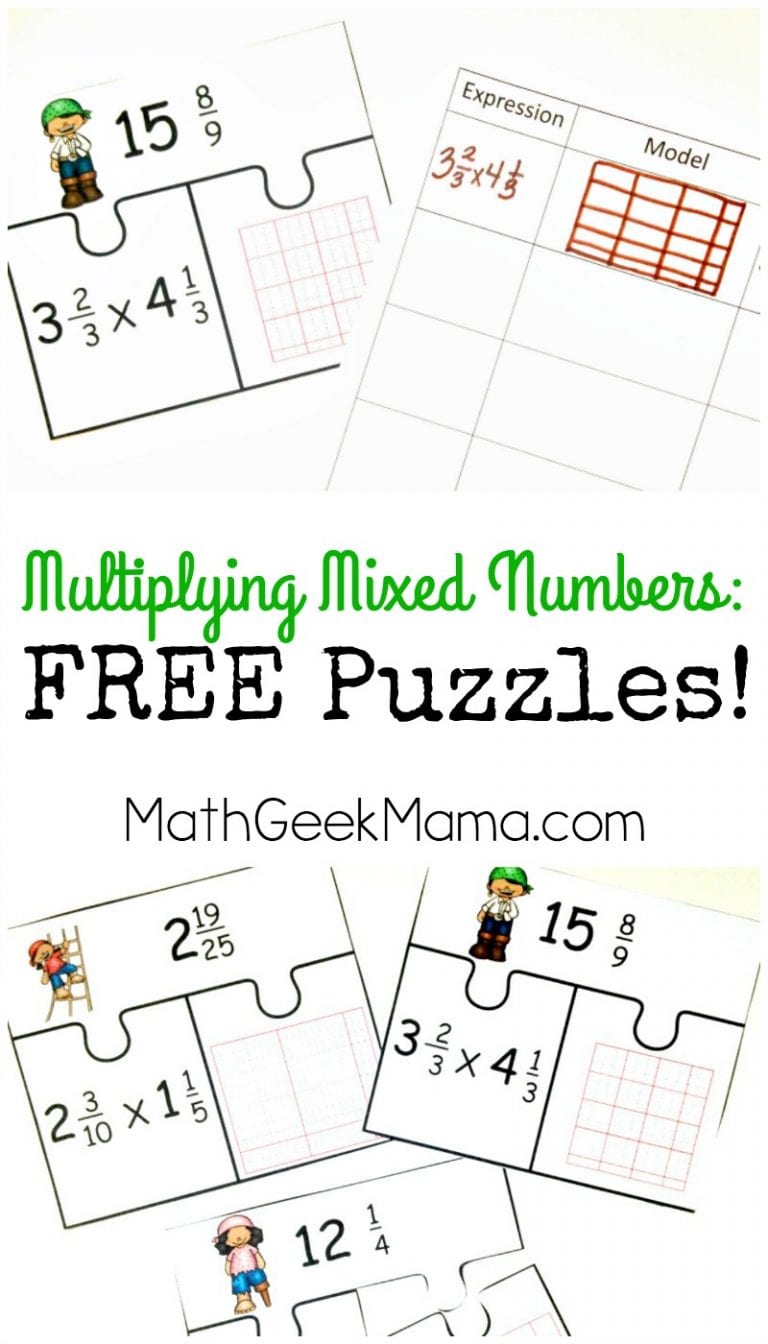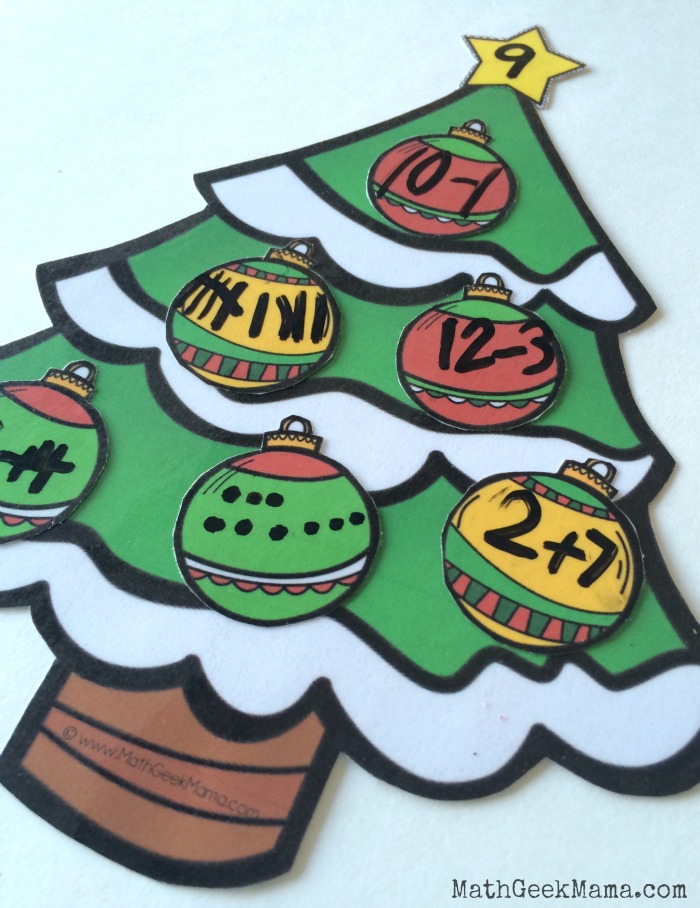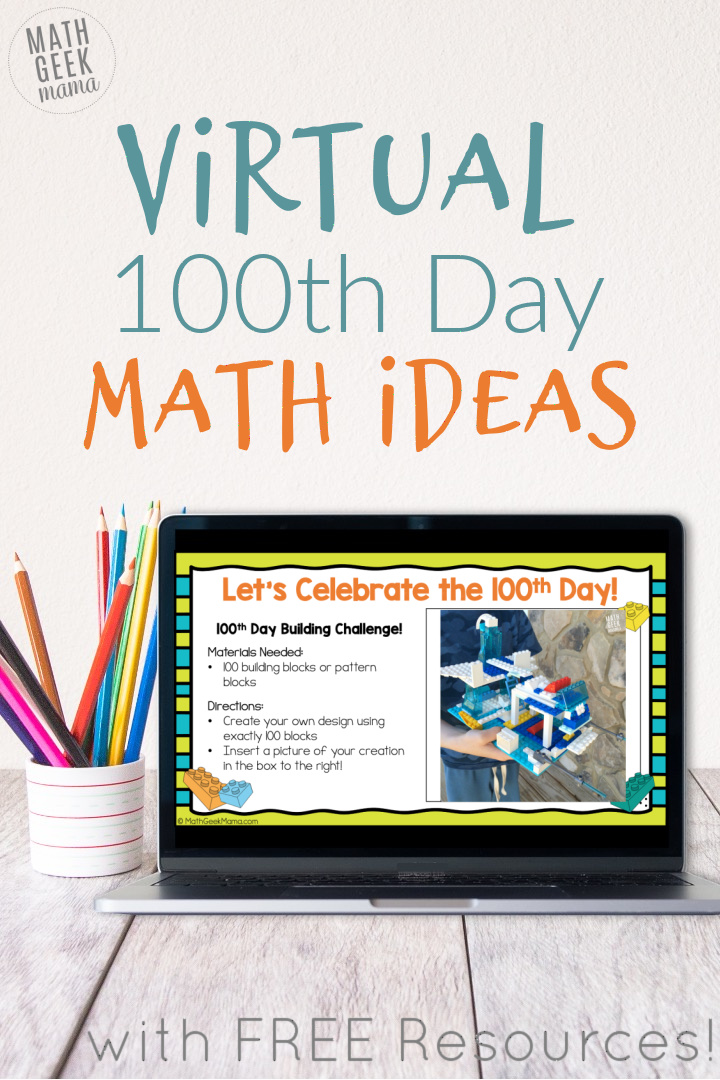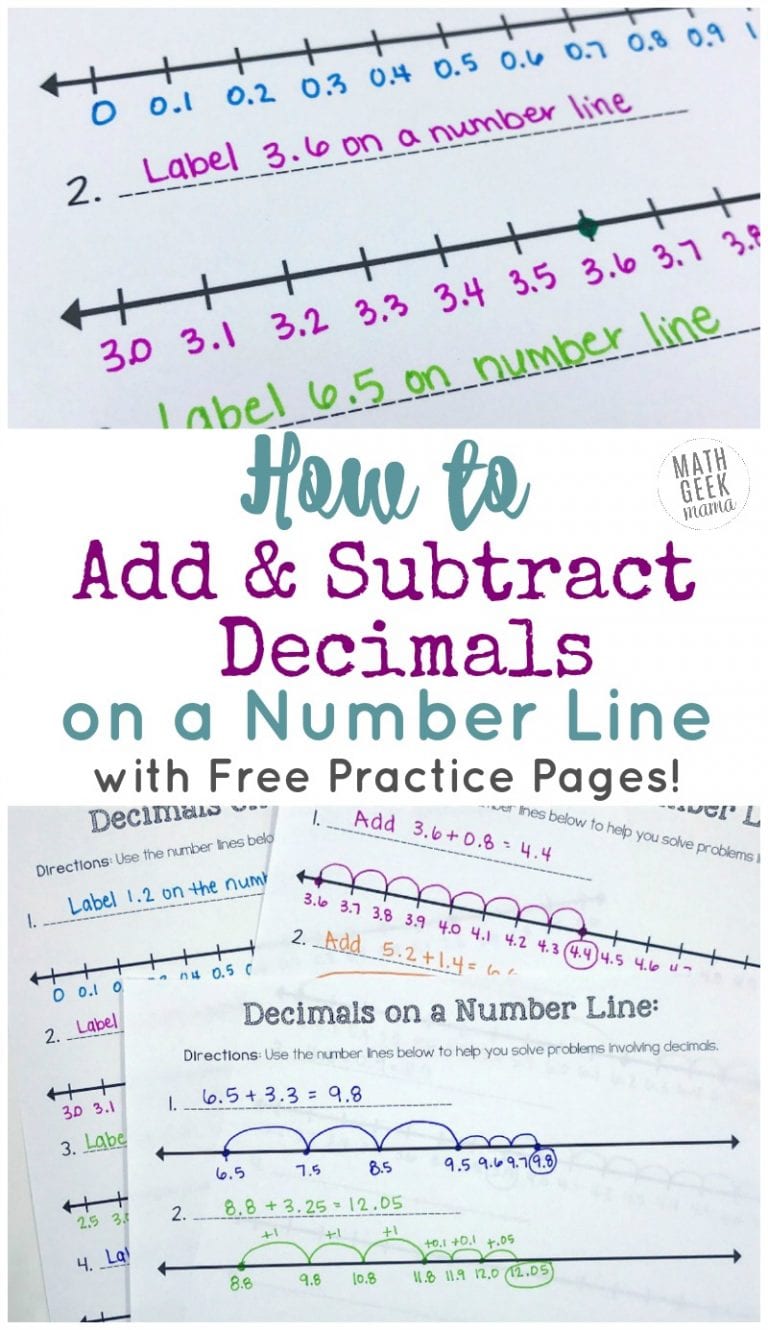3 Simple Number Talk Ideas to Encourage Deep Math Thinking
Looking for ideas and conversation starters for your math block? Number talks are a great and easy way to build number sense & mathematical reasoning. Use these three number talk ideas to get started!
Have you been wanting to start a number talk routine in your classroom, but aren’t sure where to begin? If you’re just getting started, it can be intimidating. How do you encourage discussion? Will students respond? What is the end goal, and how do you steer the conversation in that direction? In this post, I’ll outline three simple ways to start talking about numbers in your classroom, increasing the confidence of both you and your students when it comes to a number talk routine.
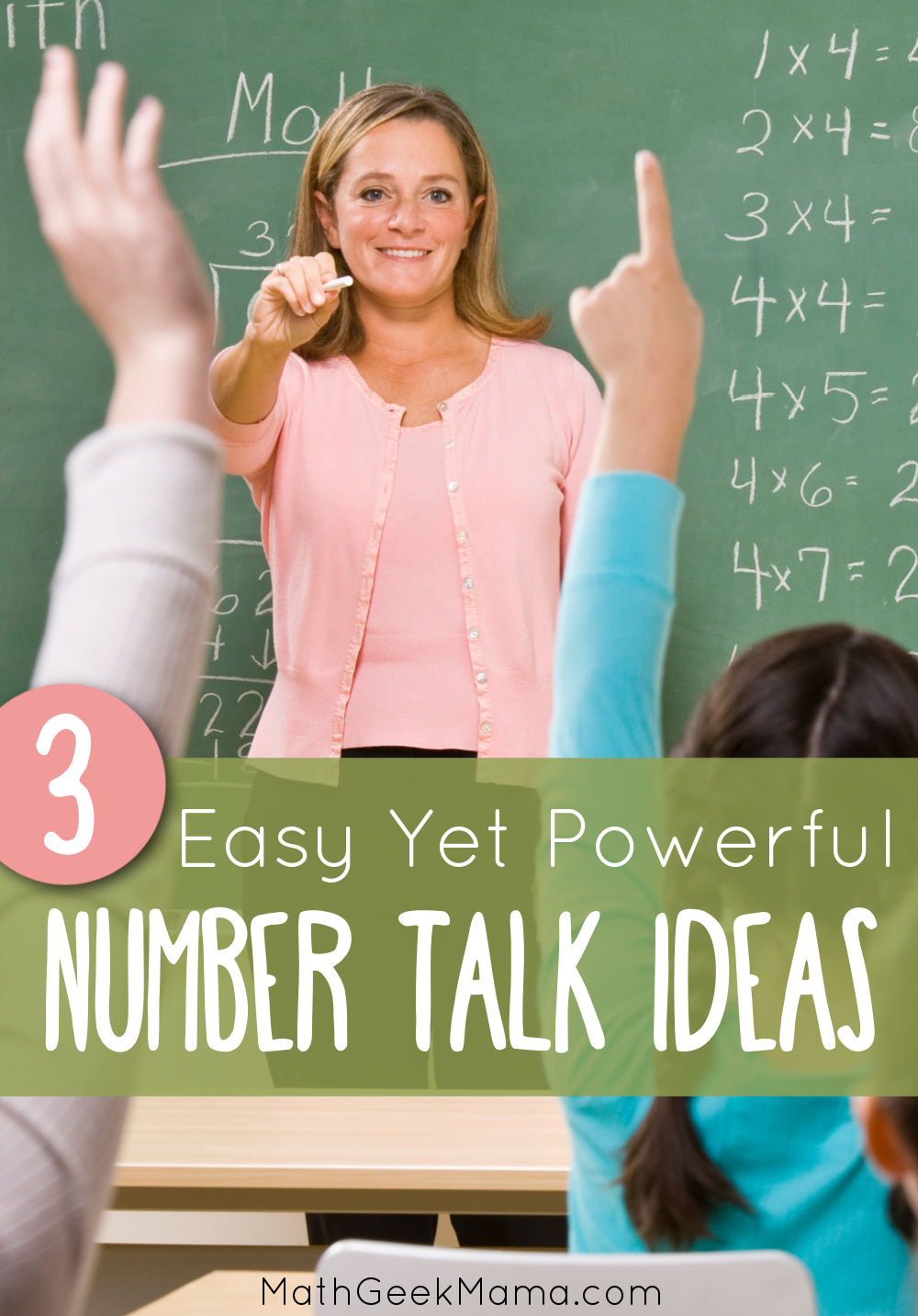
*This is a guest post from Shelley at Shelly Gray Teaching
But first, what is a number talk?
Number talks are short, 5 to 15-minute whole-class or small-group discussions with the goal of building number sense.
Perhaps the most important part is that the discussion focuses on HOW MANY WAYS to solve a problem rather than on the answer itself. This is a major shift from what most students and teachers are used to.
The end goal is to have a productive discussion about a math problem where students share their own strategies, reflect on others’ strategies, and learn to see math in different ways.
Related: 5 Reasons to Incorporate Daily Number Talks

But getting to this point can take some time. So how can we get started making this shift from a focus on correct answers to a focus on deep thinking?
Here are three simple number talk ideas to get started:
1. “Double a Number” Number Talk
The first simple way to get your students talking about numbers is to give them a number and have them double it. The focus is not the answer, but rather on HOW they are thinking about the doubling process.
As students share their thinking, record it on the board to make it visual. This helps students understand each other’s strategies.
For the example shown below, one student might think about adding 125+125. Another student might think about doubling 100, doubling 20, doubling 5, then adding them all together. A third student might think about doubling 120 to make 240, then doubling 5 to make 10, and adding the parts together to make 250.
Having a discussion about these different ways of thinking is a powerful way to help your students build number sense.

This short video on Instagram or on YouTube will help explain the effectiveness of this activity in more detail.
2. “Get to the Next Multiple of Ten” Number Talk
Another simple idea for a number talk is to give students a number and ask them to get to the next multiple of 10 in different ways. In the example shown below, we are trying to get to 240.
One student might know that 7 more are needed because 3+7=10. Another student might think about adding 2 to get to 235 first, then adding 5 more to get to 240. Another student might think about base ten blocks or ten frame images to help them visualize.

To make this activity more difficult, ask students to get to the next hundred or even thousand. The most important part is listening to all the different ways they are thinking about this problem.
3. “How Many Ways?” Number Talk
The third idea is another one of my favorites that I call, How Many Ways?. In this activity, we give students a math problem and see how many ways they can come up with to solve it. In this example, we are asking students to add two numbers using a number line in as many ways as possible.

The image above shows just a handful of possible solutions your students might come up with. Can you think of another way to solve it?
Here’s another video to watch on Instagram or on YouTube that will explain this in more detail.
Final & Best Number Talks Tip: Just Get Started
Although the thought of doing number talks can be intimidating, the most important thing you can do is to just get started. Choose one of the activities above (doubling a number is my top choice) and try it! You don’t need to have all the answers ready; you can take direction from your students and master number talks together.
If you’re looking for more information about number talks, you can read this article with tips for getting started. If you’d simply like resources to get you started, find out more about my no-prep Math Conversations slides here.
And if you are interested in how to use number talks to unpack math operations (and how they might look different in K-2!) sign up for this free “Getting Started with Number Talks” class with Math Geek Mama.


